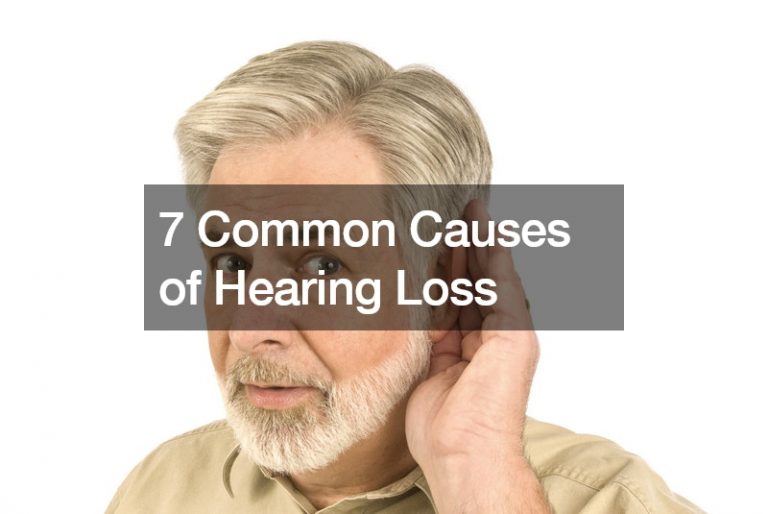- Back pain is a common complaint among adults that can indicate a severe underlying condition.
- Causes of back pain can range from poor posture to more severe conditions such as cancer, osteoporosis, or spinal stenosis.
- Ignoring chronic back pain can lead to long-term disability, depression, difficulty sleeping, and financial costs.
- Treatments for chronic back pain can include chiropractic care, injection-based treatments, lifestyle changes, and physical therapy.
Back pain is one of the most common complaints among adults. From poor posture to muscle strains and injuries, there are a variety of causes for back pain. However, when the pain doesn’t go away, it can indicate a more serious underlying condition. Explore further below the causes, risks, and treatments for back pain that persists.
Causes
Many things can cause severe back pain, including herniated discs, muscle strains, arthritis, and bulging discs. Back pain may be caused by more severe conditions such as cancer, osteoporosis, or spinal stenosis.
Regardless of the cause, it’s essential to consult with a medical professional if you experience chronic or severe back pain. They can assist in identifying the root cause of your pain and providing appropriate treatment options to help alleviate your discomfort. Don’t let severe back pain keep you from enjoying the activities you love.
Risks

Severe back pain is not just a nuisance; it can be downright debilitating. Unfortunately, the risks associated with chronic back pain go beyond mere discomfort. One of the biggest concerns is long-term disability. Back pain is the leading cause of disability worldwide. Chronic back pain can also lead to depression, taking a severe mental toll over time.
It can also lead to problems with sleeping, as people may find it challenging to get comfortable enough to get a good night’s rest. As demonstrated by surveys, the financial cost of chronic back pain is staggering, with healthcare costs reaching billions of dollars per year. Taking your back pain seriously and seeking medical attention if it becomes chronic is essential.
Treatments
Once the cause of chronic back pain is diagnosed, several treatments can help alleviate the pain. Here are some of the most common ones:
Chiropractic Care
Chiropractic care is a non-invasive approach to treating back pain that utilizes spinal manipulation techniques to align the musculoskeletal structure. These adjustments improve joint function, reduce inflammation, and alleviate pain.
Chiropractic care experts can effectively treat back pain caused by muscle strain, herniated discs, and sciatica. Many people have reported significant improvement in their back pain with chiropractic care. However, it’s essential to consult a qualified chiropractor before availing of this treatment.
Injection-based Treatments
Injection-based treatments involve delivering medications directly to the affected area to relieve inflammation, alleviate pain and promote healing. Drugs such as corticosteroids or local anesthetics can be injected into the spine or the affected muscles to reduce inflammation and ease pain. These treatments can be ideal for individuals with severe back pain due to spinal stenosis, arthritis, or degenerative disc disease.
Lifestyle Changes

Making lifestyle changes and incorporating daily practices can reduce the severity of back pain and even prevent it from occurring. Poor posture, a sedentary lifestyle, and being overweight can worsen back pain. Hence, it’s crucial to maintain a healthy weight, sit and stand up straight, and maintain good posture while sleeping. Additionally, stretching and improving your core strength through exercise can help alleviate back pain.
Physical Therapy
Physical therapy involves performing exercises and stretches under the guidance of a licensed therapist to improve flexibility, strength, and mobility. The therapist may use various modalities such as heat and ice therapy, electrical stimulation, and massages. Physical therapy can help individuals recover from back injuries, improve core strength, and alleviate chronic back pain.
Prevention
Preventing chronic back pain involves adopting healthy habits and lifestyle changes. Maintaining a healthy weight, engaging in regular physical activity, practicing good posture, and avoiding extended periods of sitting or standing are all effective preventative measures. Quitting smoking and avoiding heavy lifting or repetitive bending can also lower the risk of developing chronic back pain.
Final Thoughts
Back pain that persists can be a debilitating condition that affects your quality of life. While several causes and risk factors contribute to the development of chronic back pain, there are also effective treatments and preventative measures to help alleviate the pain and improve your overall health.
If you are experiencing chronic back pain, you must speak with your doctor or a healthcare professional to determine the underlying cause and develop a treatment plan that works for you. Taking control of your health and practicing healthy habits can reduce your risk of developing chronic back pain and improve your overall well-being.






